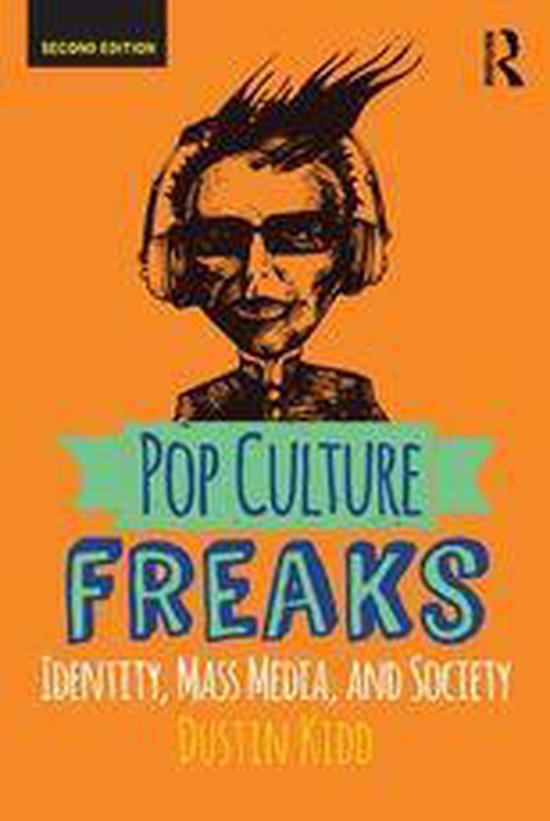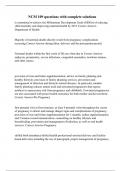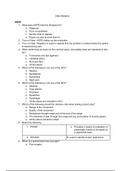Samenvatting
Samenvatting Kidd Pop culture freaks
- Instelling
- Radboud Universiteit Nijmegen (RU)
- Boek
- Pop Culture Freaks
Samenvatting van het boek Pop culture freaks van Kidd. Gebruikt bij het vak Media, entertainment and culture van Communicatiewetenschap op de RU. Summary of the book Pop culture freaks by Kidd. Used in the course Media, Entertainment and Culture of Communication Science on the RU.
[Meer zien]














